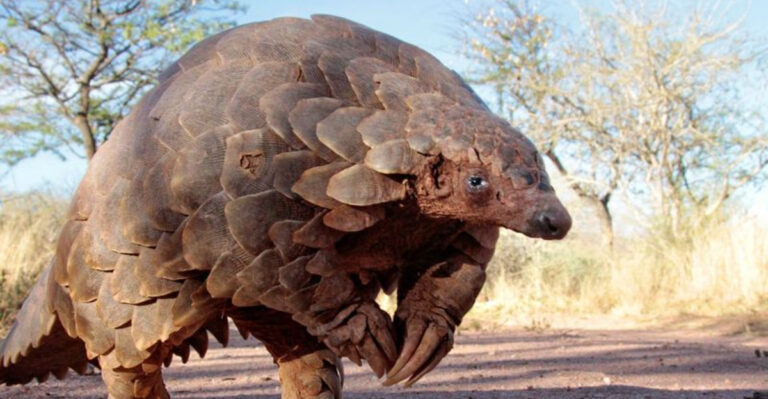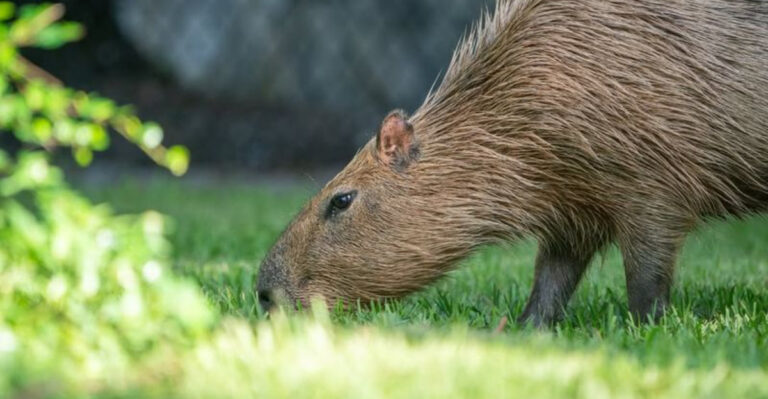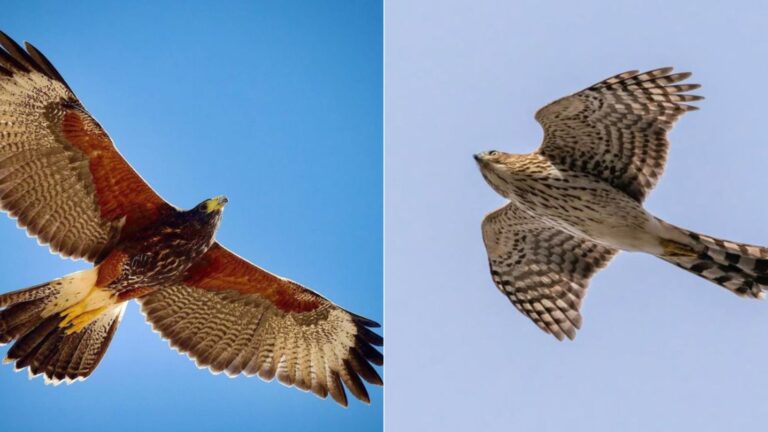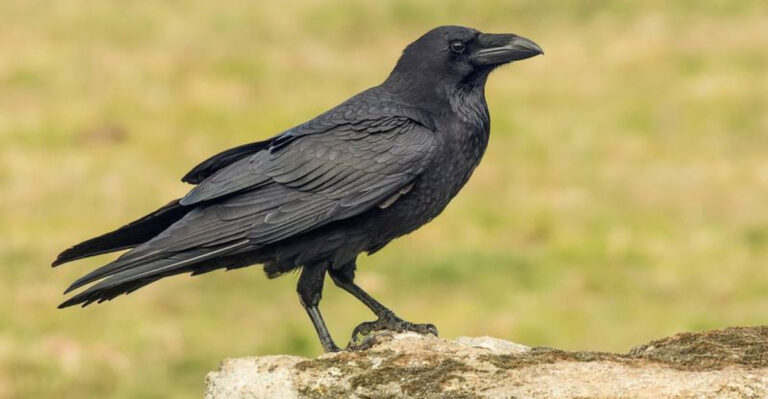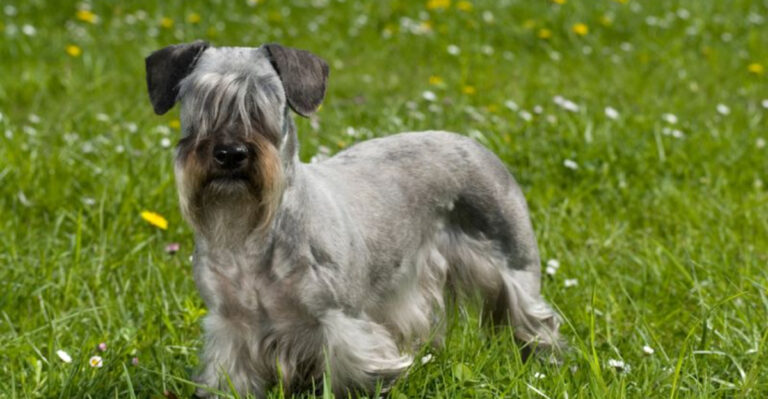15 Sleep Differences Between You And Your Cat
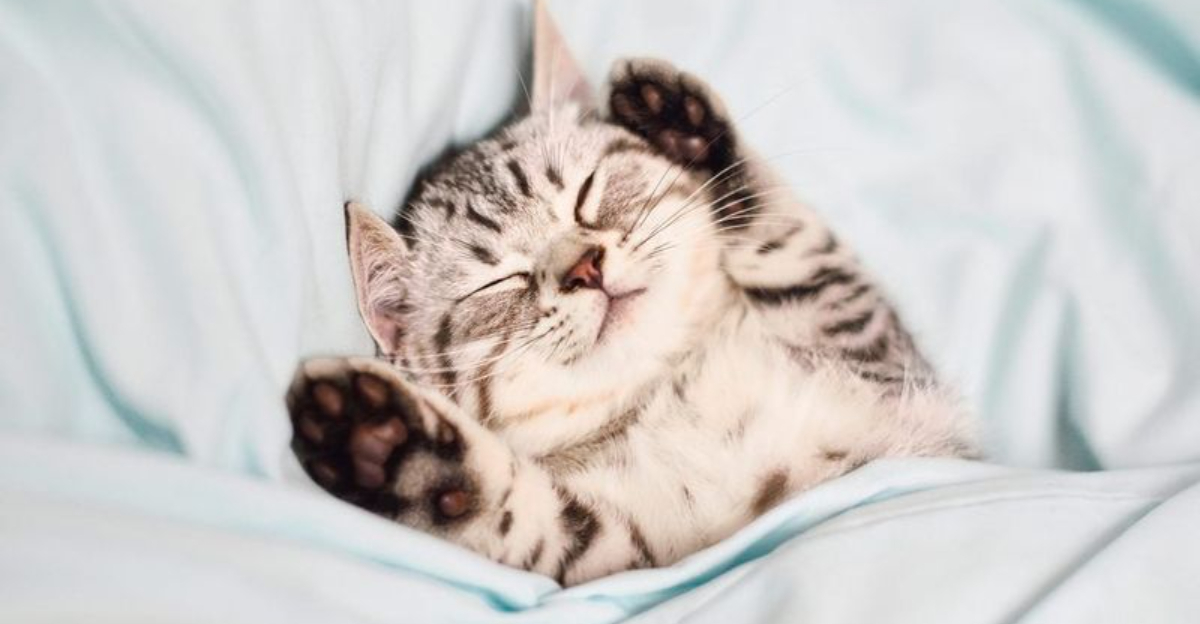
Ever wonder why your cat is wide awake at 3 a.m. while you’re trying to sleep? Cats may nap all day, but their internal clocks work very differently from ours.
While you’re deep in dreamland, they’re often doing laps around the house. These furry companions have some truly wild sleep habits that’ll make you rethink your own bedtime routine.
1. The Catnap King

Your cat is a master of the catnap, grabbing quick snoozes throughout the day. Unlike you, who needs a solid block of sleep to function, cats thrive on short bursts of rest that recharge their energy.
They can fall asleep anywhere, anytime, making them the ultimate nap champions. It’s their secret weapon for staying alert and playful.
2. Nocturnal Adventures
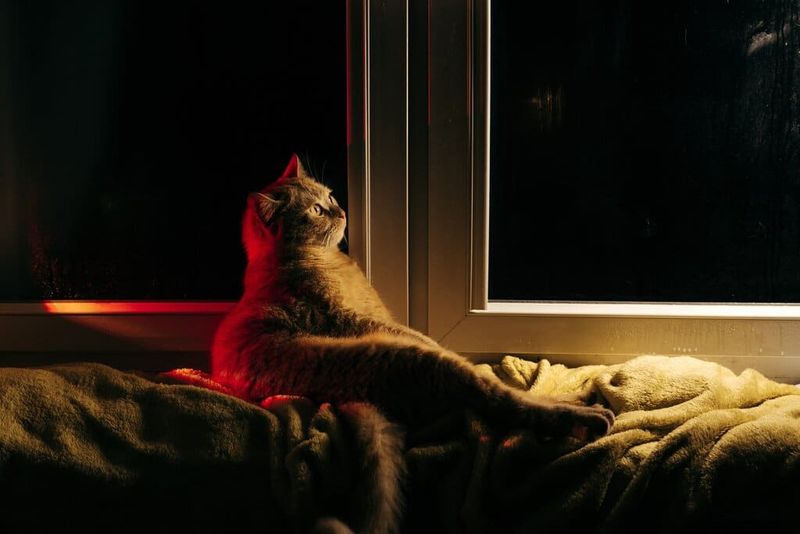
While you’re tucked in bed, dreaming away, your cat’s night is just beginning. Cats are crepuscular, meaning they’re most active during dawn and dusk.
This explains those late-night zoomies and why they seem to spring to life as soon as you’re ready to wind down.
3. Dreams Of The Hunt
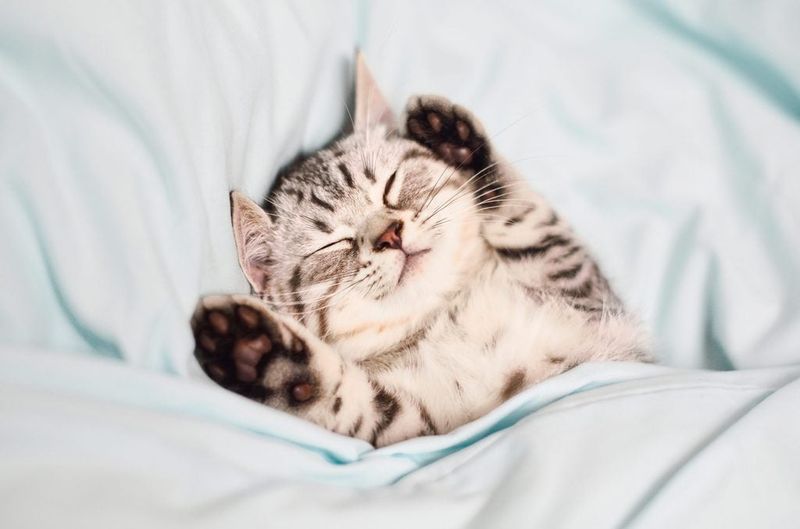
Ever notice your cat twitching or pawing the air while she sleeps? Chances are, she’s dreaming about chasing something.
Feline dreams tend to reflect their natural instincts, often centered around hunting or playful stalking. It’s a little glimpse into their wild roots, even from the comfort of your couch.
4. The Sleep Cycle
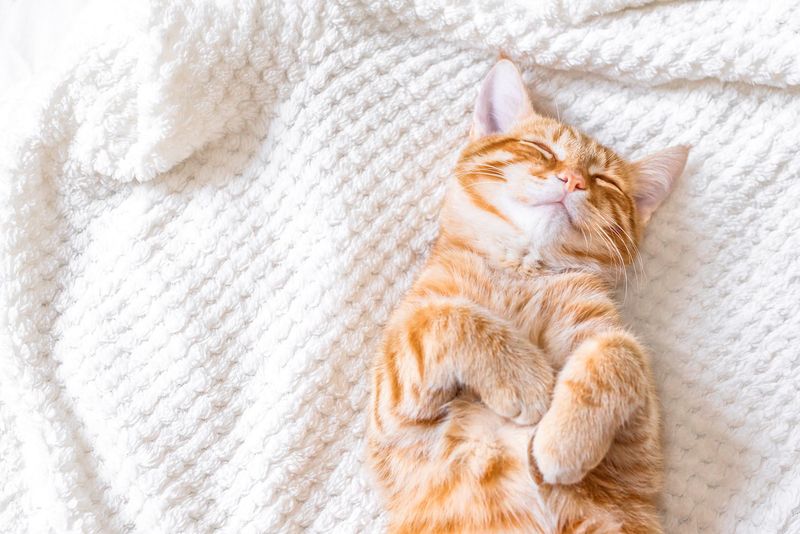
Your sleep cycle is a complex series of stages, from light dozing to deep REM.
Cats, on the other hand, spend more time in light sleep, ready to spring into action if needed. They slip into REM much faster than humans, a testament to their need for quick reactions.
5. Purr-Fect Alarm Clock
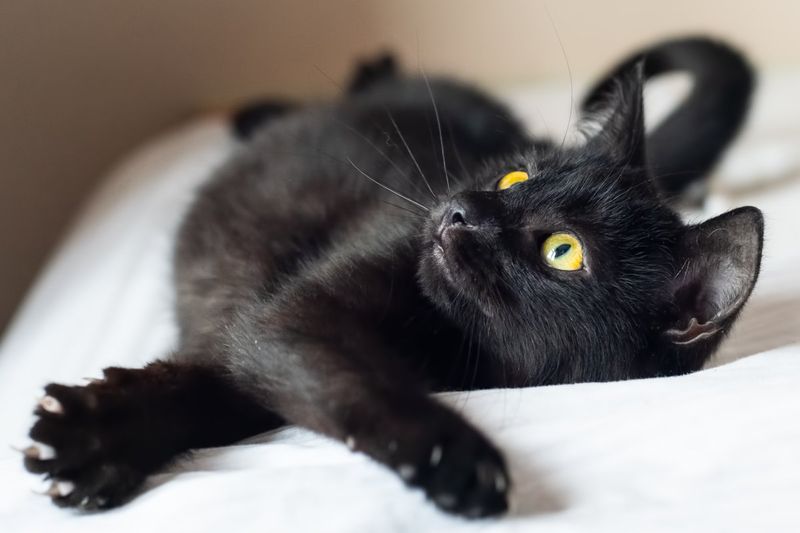
Forget your snooze button. Your cat is the OG alarm clock, waking you with purrs and nudges.
Cats often rise with the sun, seeking breakfast and attention. This natural rhythm aligns them with daylight, whereas humans rely on alarms to jolt them from slumber.
6. Power Of The Purr
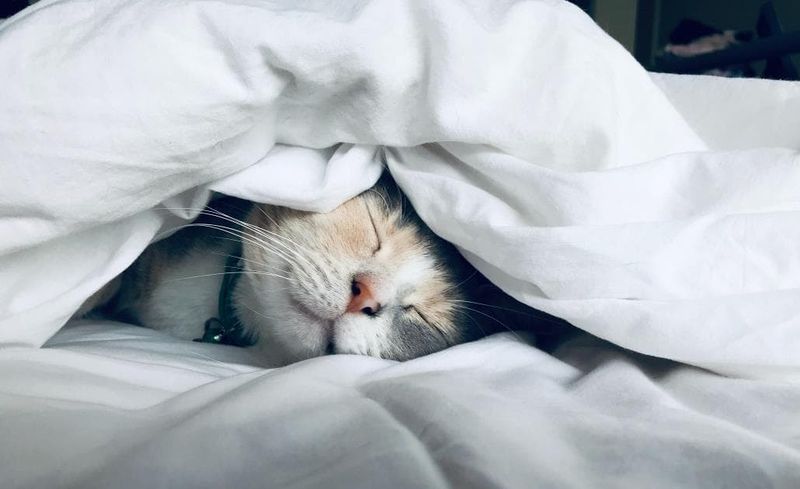
Cats can sleep while purring, a soothing sound that helps them relax and heal. This gentle rumble isn’t just comforting; it’s therapeutic, promoting healing and reducing stress.
The power of a cat’s purr is one of nature’s most delightful mysteries, enveloping them in calm as they drift off.
7. The Warmth Seeker
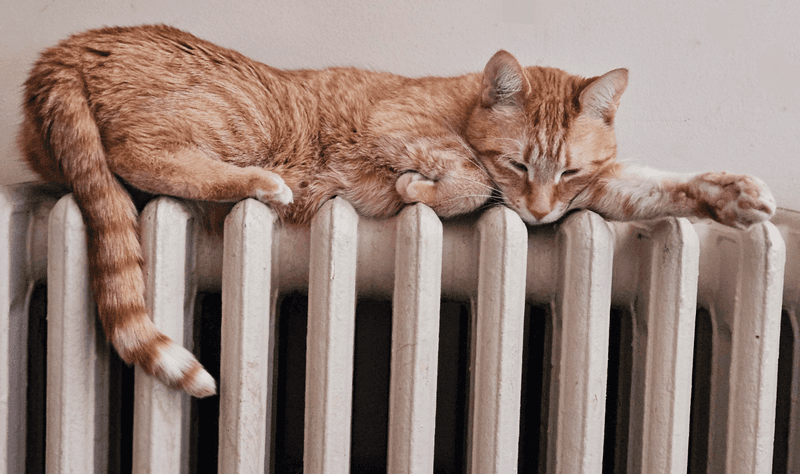
Cats love warm spots, from sunny patches to cozy radiators. This affinity for heat is more than comfort; it’s a survival mechanism, helping them conserve energy.
While you might toss on an extra blanket, your cat’s drawn to warmth like a magnet. This instinctive behavior keeps them snug and content, basking in nature’s heat lamps.
8. Solitary Snoozer
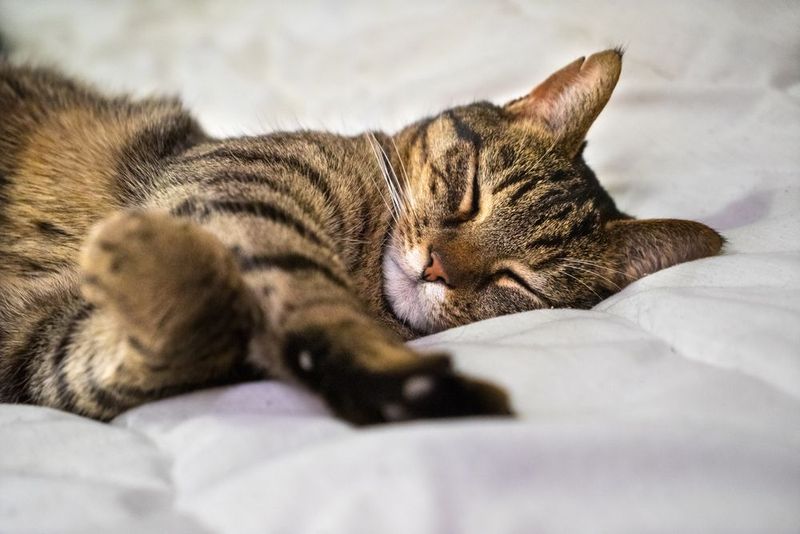
Unlike humans, who often share their beds, cats are solitary sleepers. They prefer to curl up alone, finding security in their own space.
This independence harks back to their wild roots, where solitary rest was safer. While you might snuggle with a partner, your cat relishes the peace of solitary slumber, nestled in their personal nook.
9. Light Sleepers
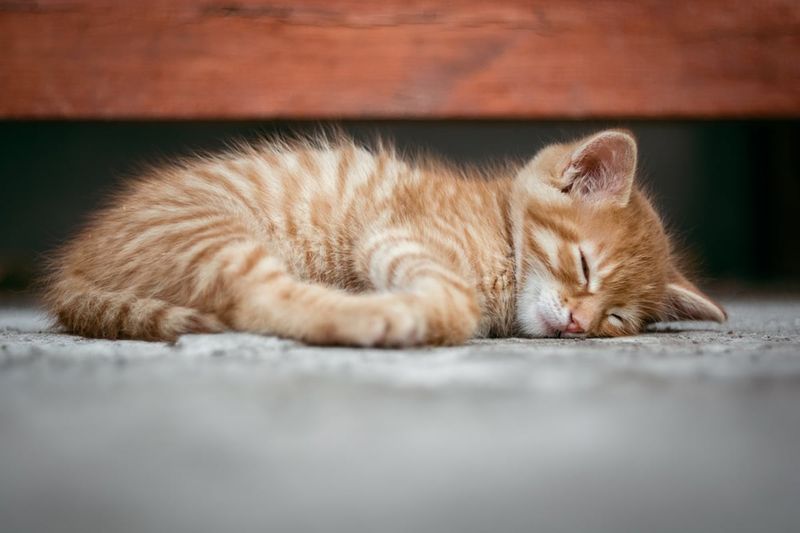
Cats are light sleepers, often napping with one eye open. This alertness is a survival trait, allowing them to react swiftly to potential threats.
This vigilance ensures they’re ready for anything, embodying the phrase ‘cat-like reflexes’ even in sleep.
10. Sleep Anywhere, Anytime
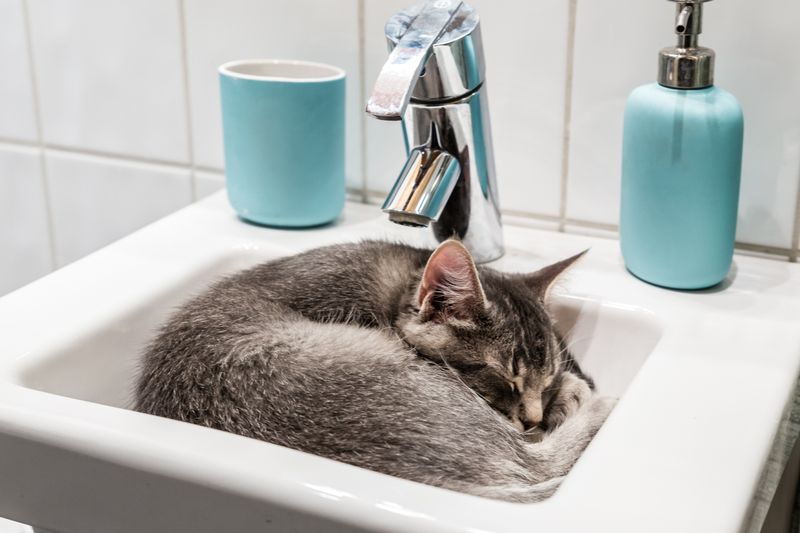
Their ability to rest in peculiar spots is legendary, showcasing their adaptability. This contrasts with humans, who need a comfy mattress and serene environment.
Cats’ talent for snoozing anywhere reflects their flexible nature, embracing whatever space is available for a quick catnap.
11. The Cozy Curler

When a cat curls into a tight ball, tucking in paws and tail, it’s more than just cute – it’s survival mode. This cozy pose helps conserve body heat and shields their vital organs.
Unlike humans who stretch out, cats sleep curled up out of instinct. It’s a charming reminder that even our fluffiest companions still carry echoes of the wild.
12. Silent Slumber
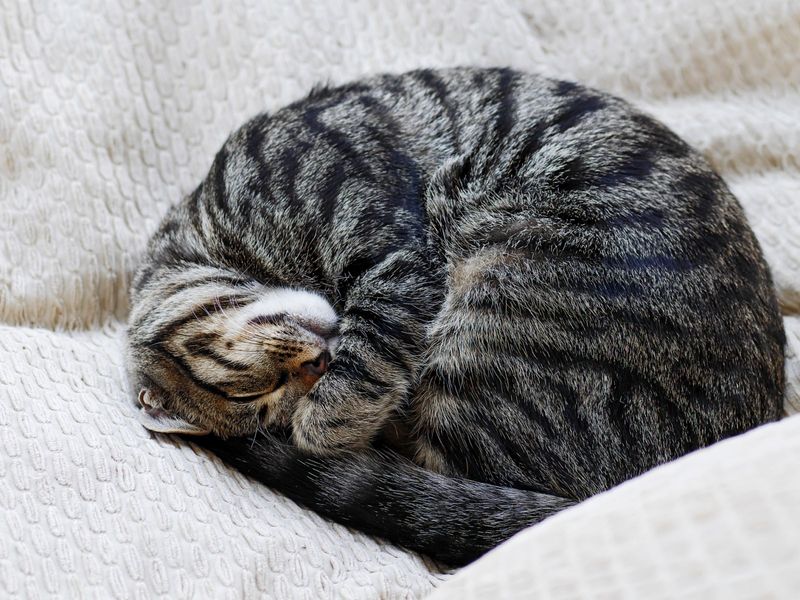
Cats sleep silently, rarely snoring unless something’s amiss. This quiet rest contrasts with humans, who often snore or talk in sleep.
While you might wake to the sound of your own snores, your cat’s sleep is a tranquil affair, undisturbed by noisy interruptions.
13. Lifetime Sleep
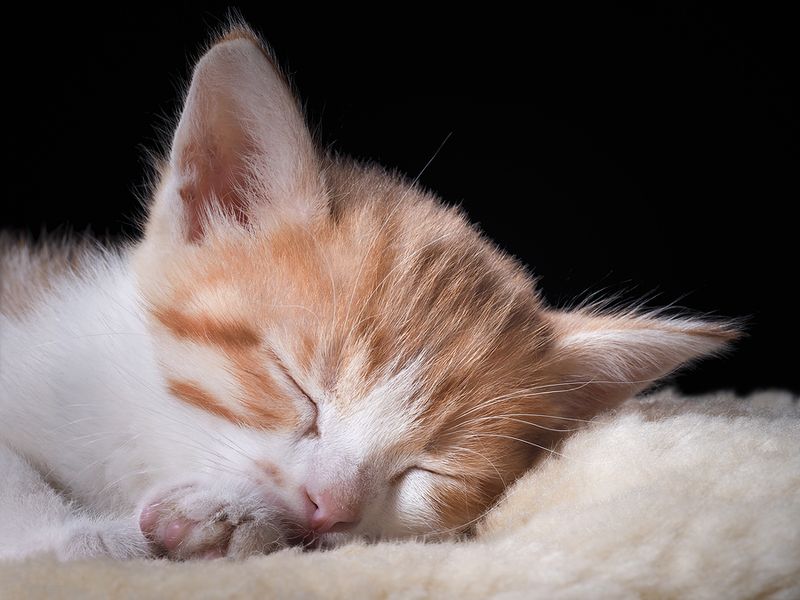
Cats spend about two-thirds of their lives asleep, far more than humans. This extensive rest fuels their energetic playtimes and hunting instincts.
As they age, sleep patterns shift, mirroring changes in energy needs. While a human’s sleep tends to decrease with age, a cat remains a steadfast sleeper, regardless of their year count.
14. Dreamless Doze
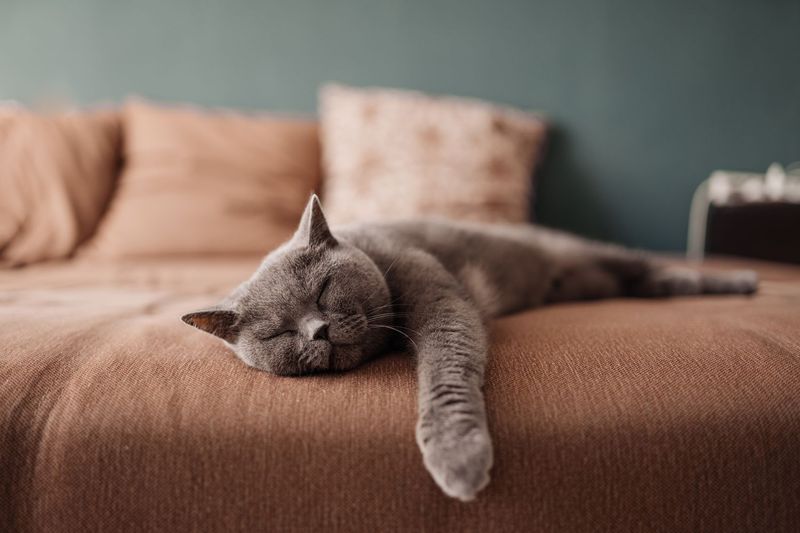
While humans often wake up recalling vivid dreams, cats mostly experience a dreamless doze.
Their lighter sleep phases mean fewer dream cycles, leading to calm awakenings. This lack of dream drama contributes to their relaxed demeanor upon waking.
15. Natural Sleep Aids
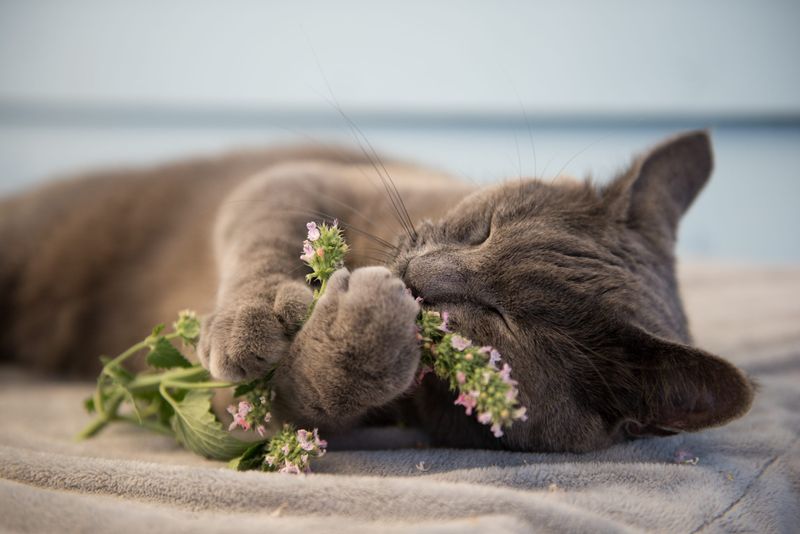
Cats sometimes seek natural sleep aids, like catnip or calming herbs. These aren’t just for play; they can promote relaxation and ease stress.
Humans might rely on medications or routines, but cats find tranquility in nature’s offerings, illustrating their instinctive connection to the world around them.

